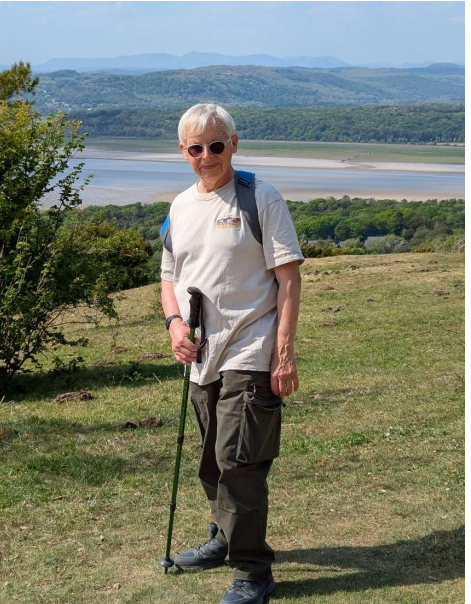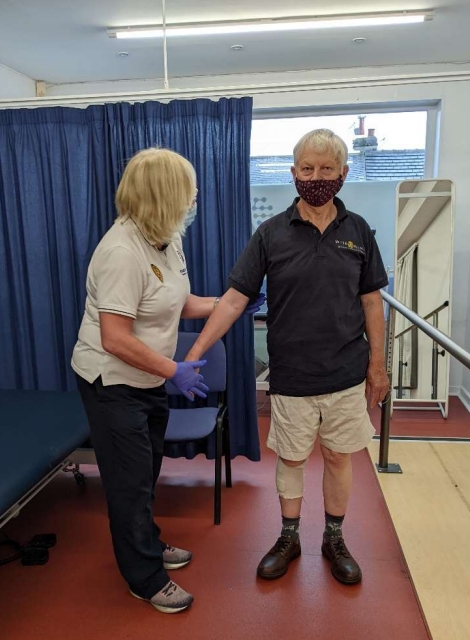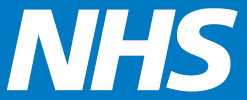 Bruce is a retired Professor of Earth Sciences at the University of Leeds. In September 2020, he suffered a stroke. Five years on, he is now an active member of the West Yorkshire Integrated Stroke Delivery Network (ISDN) Life After Stroke (LAS) Co-production Group, which consists of stroke survivors, carers, voluntary and community organisation representatives, and NHS professionals, working together to improve experiences and outcomes for people following a stroke.
Bruce is a retired Professor of Earth Sciences at the University of Leeds. In September 2020, he suffered a stroke. Five years on, he is now an active member of the West Yorkshire Integrated Stroke Delivery Network (ISDN) Life After Stroke (LAS) Co-production Group, which consists of stroke survivors, carers, voluntary and community organisation representatives, and NHS professionals, working together to improve experiences and outcomes for people following a stroke.
Bruce has documented his experience – from his initial stroke, his treatment, through to his recovery. In a series of three blogs, we will share Bruce’s experience, with the hope that it inspires fellow stroke survivors on their journey to recovery.
Part two: the journey to recovery
From hospital to home
Once I was deemed medically fit, I was moved from the stroke ward to a general ward at the Leeds General Infirmary (LGI), since the stroke recovery ward was being repurposed. This was back in September 2020, with wards across the hospital being filled by Covid patients. I had frequent moves between wards, which served as a distraction, while three half-hour bedside physiotherapy visits a week were the highlights. Chapel Allerton Hospital was also full due to Covid, and so, since I live with my wife in a wheelchair-accessible house with downstairs bathroom, I was advised to accept discharge to home as soon as possible and be handed over to the community stroke team. In my fifth week in hospital, the physiotherapists made extra time to get me walking along empty corridors and took me home for a short visit to check out what modifications would be needed upon my discharge. The next day they helped me re-learn how to use the stairs, and the following morning, I was able to go home. It came as a surprise that after five weeks in hospital I was already institutionalised. I had become so used to having everything done for me that it was a shock to have to take back control. On the ward, the nearest I came to meeting harsh, unsympathetic reality was being given individually wrapped butter and jam with my morning toast and having to work out how to open it with my one working hand. But with discharge coming up at very short notice, my wife was busy getting everything prepared and gave me the job of sourcing a single bed and getting it delivered so that I could sleep downstairs. I had time on my hands, a smartphone and an internet connection, so why not? I was horrified! How could I be expected to take on such a task? But of course, I set about trying to find a bed and as luck had it a local shop was able to let me have one that was waiting while a customer finished decorating. One small bed to sleep in, but one giant boost to my self-confidence! I realised then that the stroke did not stop me from doing things that gave a feeling of achievement, it just ruled out some of the things that I used to enjoy doing before it took place.
Once back at home, I still understood very little about stroke recovery. I hoped that everything would rapidly sort itself out and I would get back full use of my limbs, but I had also been told that I would probably stop improving after three to six months and would then have to live with however I was. The reality, of course, is that you have to work for your recovery, but fortunately there is no time limit on progress.
Physiotherapy, physiotherapy, physiotherapy!
I was allocated six hours each of NHS physiotherapy and NHS occupational therapy, to be repeated after about nine months. This went ahead quickly, and I was keen to get as much help as possible as quickly as I could. My wife had also contacted a neuro physiotherapist and arranged for me to see her privately. I started with intensive treatment three days a week in addition to my NHS treatment and I still see her to this day. My private physiotherapy has amounted to over four hundred hours so far.
The first priority for Jill, my private physiotherapist, was to deal with pain. My right shoulder had moved forward, and I often got sharp pain if I moved my right arm out of a narrow range. After two months of intensive physiotherapy, I had some control over my shoulder and it was no longer giving me pain, although the range of movement was still limited. Since then, I have been focussed on getting both arm and leg working better.
For me, the big lesson about stroke recovery was the need for patience. Someone pointed out to me quite early on that after a stroke your body has forgotten how to do things that used to come automatically, so it needs to learn again starting from scratch. That made a lot of sense to me. My grandson was three at the time and had spent quite a lot of his life learning to walk. Objectively, he still wasn’t very good at it! Clearly, I had to stop worrying about making improvements quickly and accept it would be a long haul.
Over the next few months, I slowly increased the range of movement in my arm. Each morning, I lay on my back in bed, to provide shoulder support, and moved my arm until I could feel stretching, but not a sharp pain. After a few months, the difference was tangible and changing what I could do. Nearly five years on, it is still a work in progress.
 A physiotherapy session, July 2022.
A physiotherapy session, July 2022.
 Driving an electric wheelchair at the Yorkshire Sculpture Park, February 2023.
Driving an electric wheelchair at the Yorkshire Sculpture Park, February 2023.









